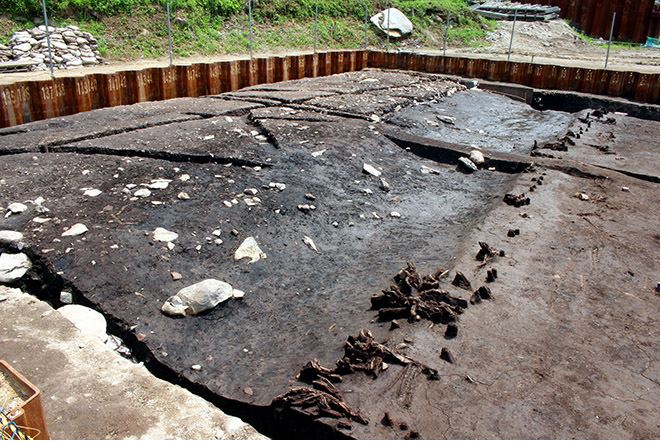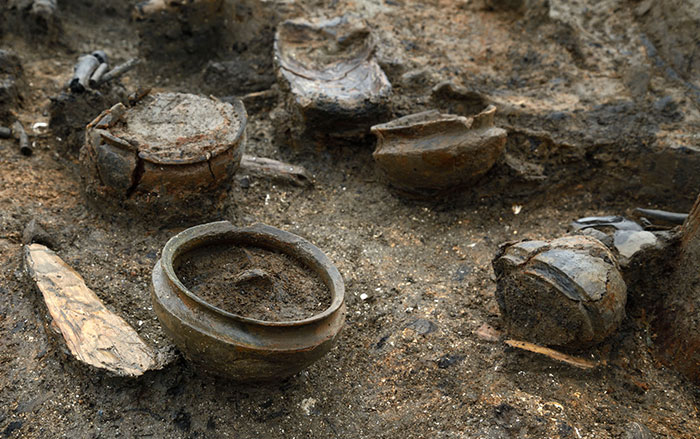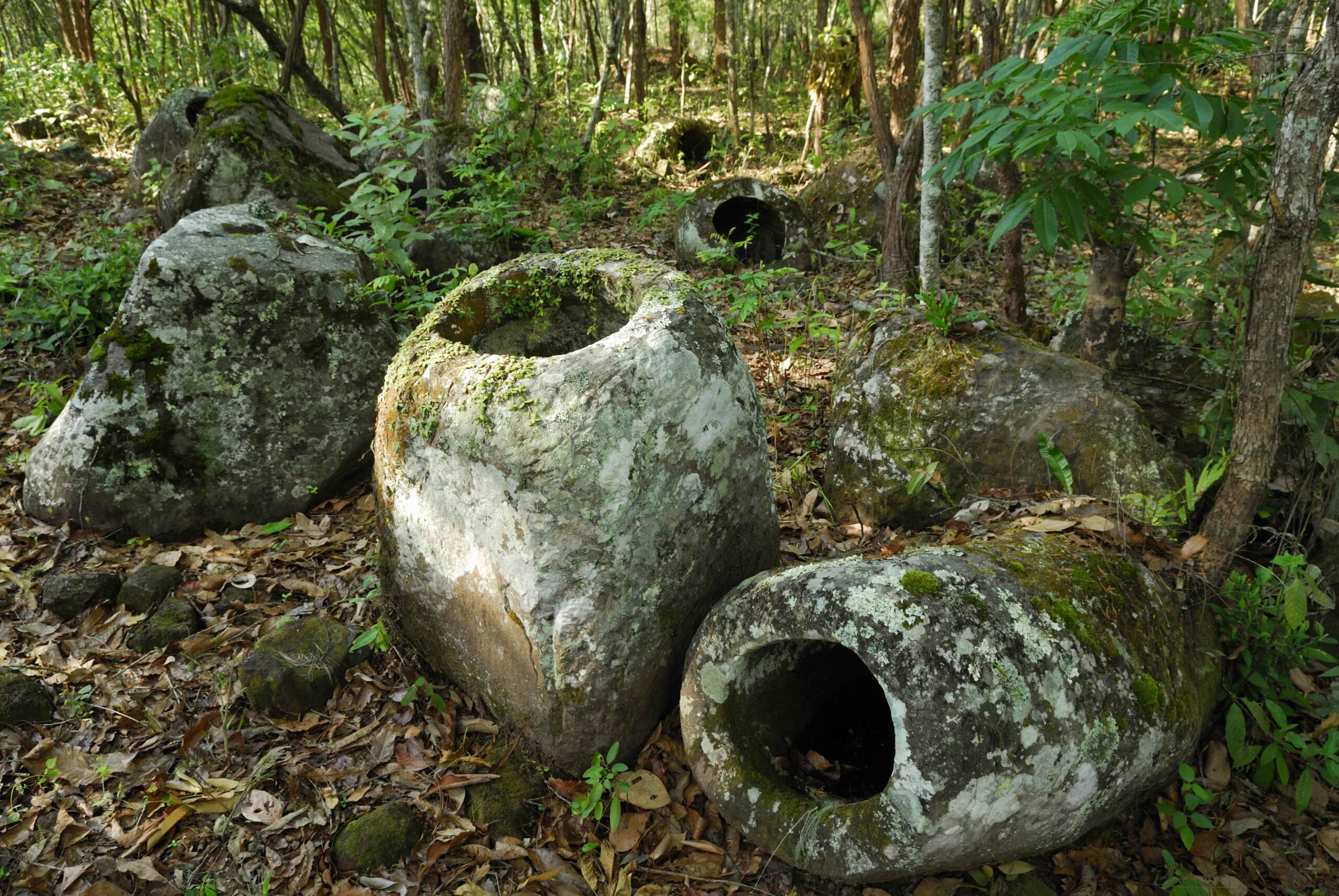
TOTTORI, JAPAN—According to a report in The Asahi Shimbun, the roots of 18 willow trees were unearthed along a 200-foot-long stretch of ancient road at the Aoyayokogi ruins, located on the island of Honshu. Radiocarbon dating indicates that the trees lived in the late tenth century, which corresponds with a wood strip marked “Tengyo junen,” or the tenth year of Tengyo (A.D. 947), that was also recovered. The trees may have been supported by 40 wooden stakes found at the site. “Boulevard willow trees are believed to have been planted in [the] ‘miyako’ (ancient capital),” said Toshihide Omi of the Agency for Cultural Affairs. “What a surprise to find them even in rural areas as well.” For more, go to “Japan’s Early Anglers.”











